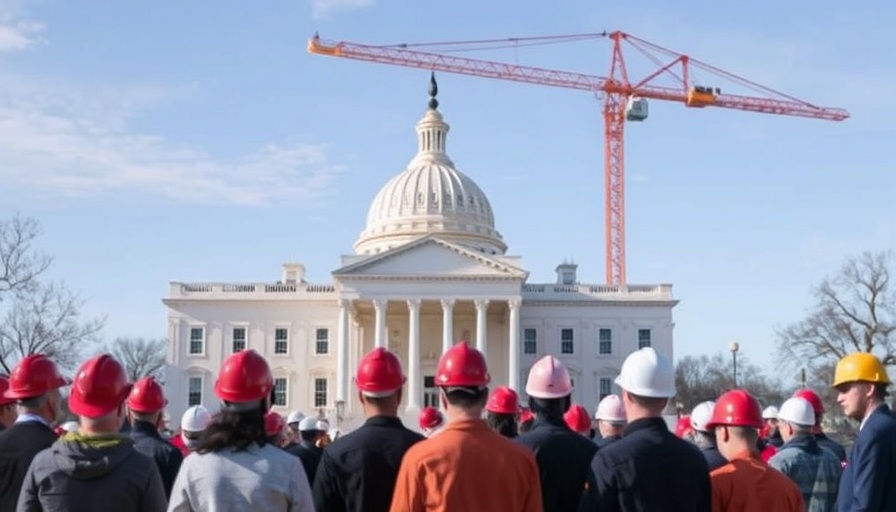
Understanding Trump's Apprenticeship Expansion Order
The recent executive order aimed at expanding apprenticeships has stirred the construction industry into a buzz of speculation. While proponents anticipate a boost in skilled labor, skeptics question the feasibility and long-term implications of such an expansion. As construction companies grapple with the nuances of this initiative, it's crucial to unpack its potential impact on project efficiency, cost management, and quality outcomes.
Apprenticeships: A Historical Perspective
Apprenticeships have been a cornerstone for vocational training, especially in skilled trades. Historically, they provided a structured pathway into the workforce, ensuring a steady emergence of skilled workers. This initiative seeks to revitalize that tradition—an endeavor reminiscent of the post-recession era when similar programs emerged to combat growing unemployment rates. The question remains: Can this new order replicate past successes in today’s dynamic labor market?
The Pros and Cons of Expanding Apprenticeships
On one hand, expanding apprenticeships could directly address labor shortages in the construction sector—a timely remedy for companies scrambling to meet project demands amidst a skilled labor deficit. On the flip side, there’s the concern that the quality of training might take a hit while rapidly onboarding new apprentices. With construction complexities on the rise due to technological advancements and sustainability practices, will expanded apprenticeship programs keep pace?
A Bridge to Tomorrow’s Construction Trades
As we advance into an era marked by digital transformation within the construction industry, integrating technology through apprenticeships could be a game-changer. Imagine apprentices being groomed not just in traditional trades, but also in emerging fields such as Building Information Modeling (BIM) and automation. This modernization of apprenticeship frameworks can undoubtedly ensure that the workforce is well-equipped to handle the demands of smart buildings and green construction initiatives.
Potential for Enhanced Collaboration
Furthermore, the order presents an opportunity for construction companies to foster greater collaboration with educational institutions and industry organizations. By bridging the gap between theoretical knowledge and practical application, apprenticeships can be tailored to include the latest trends in sustainable building and green construction, providing apprentices with valuable insights into current industry standards.
Looking Ahead: Navigating the Uncertain Waters
As the construction industry stands on the cusp of potentially transformative changes, stakeholders must remain vigilant. It’s essential to monitor the rollout of these apprenticeship programs, assessing their impacts on both immediate project outcomes and long-term industry sustainability. What lessons will be learned from this experience? And will the anticipated influx of skilled labor truly translate into heightened efficiency and reduced costs?
For construction companies eager to sharpen their competitive edge in this evolving landscape, now is the time to leverage the insights, adapt to the upcoming changes, and embrace innovative paths in workforce development.
Stay updated on the latest trends and advancements in construction by subscribing to our newsletter. Enhancing your knowledge could be the edge you need to stay ahead of the curve!
 Add Row
Add Row  Add
Add 




 Add Row
Add Row  Add
Add 

Write A Comment